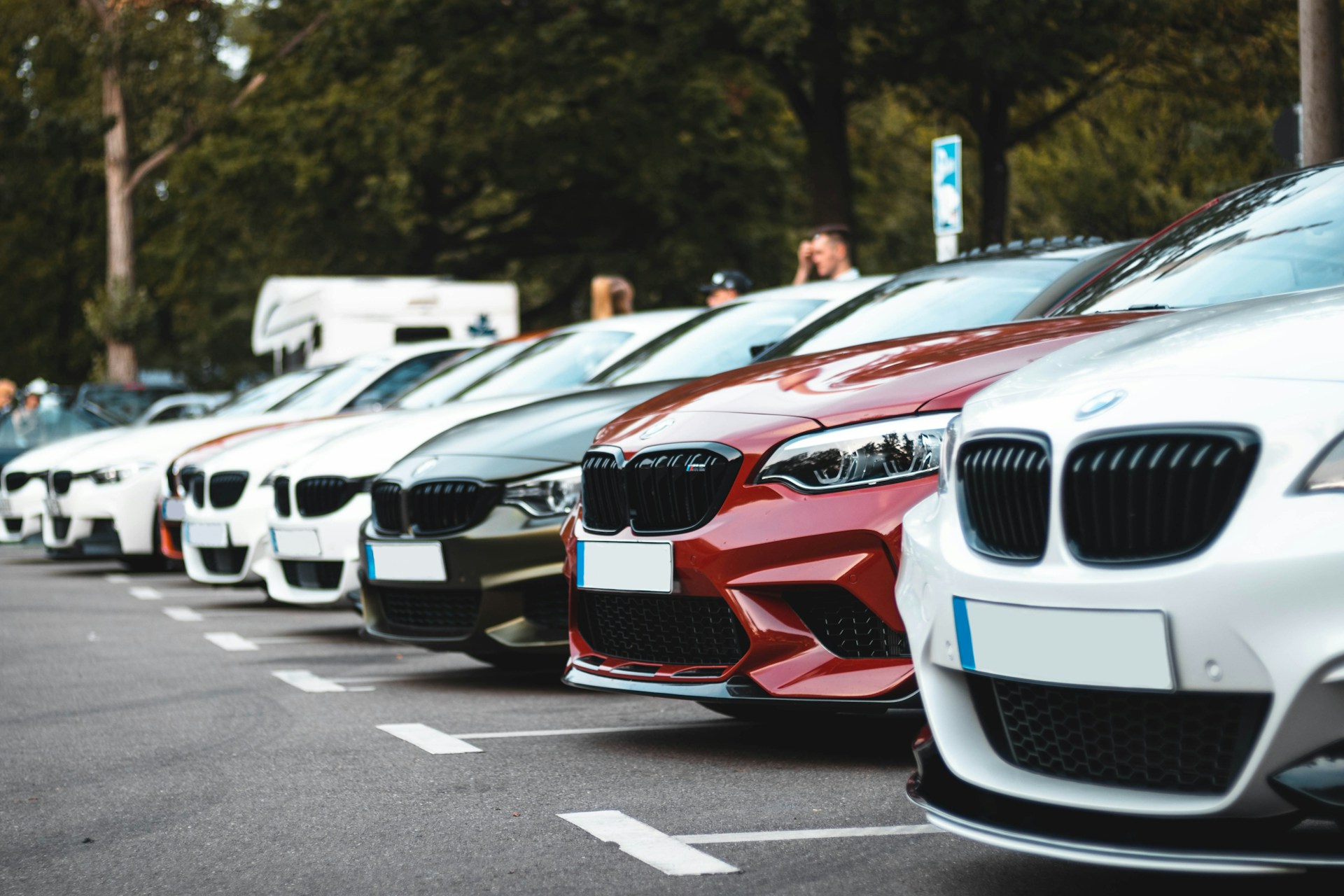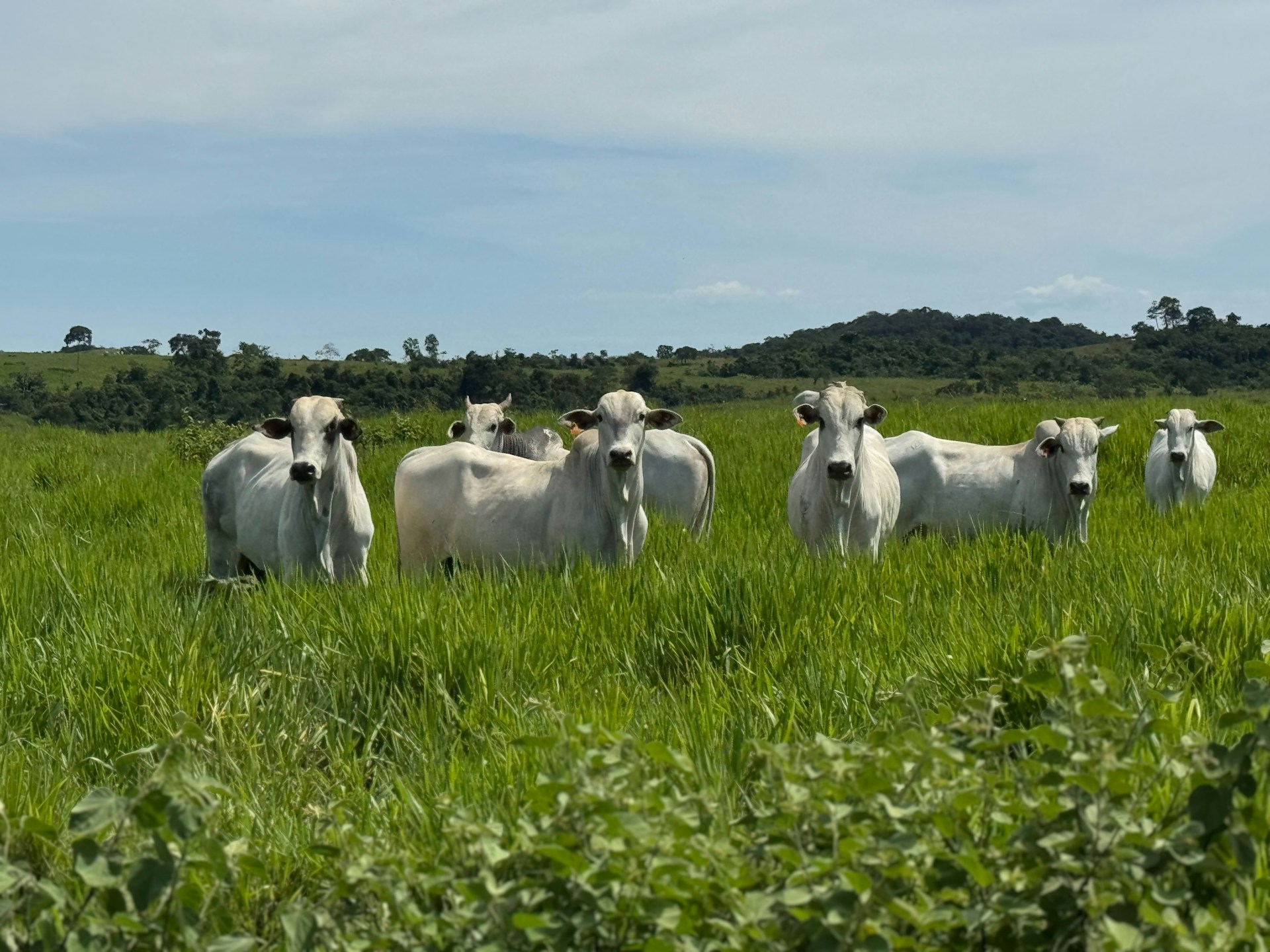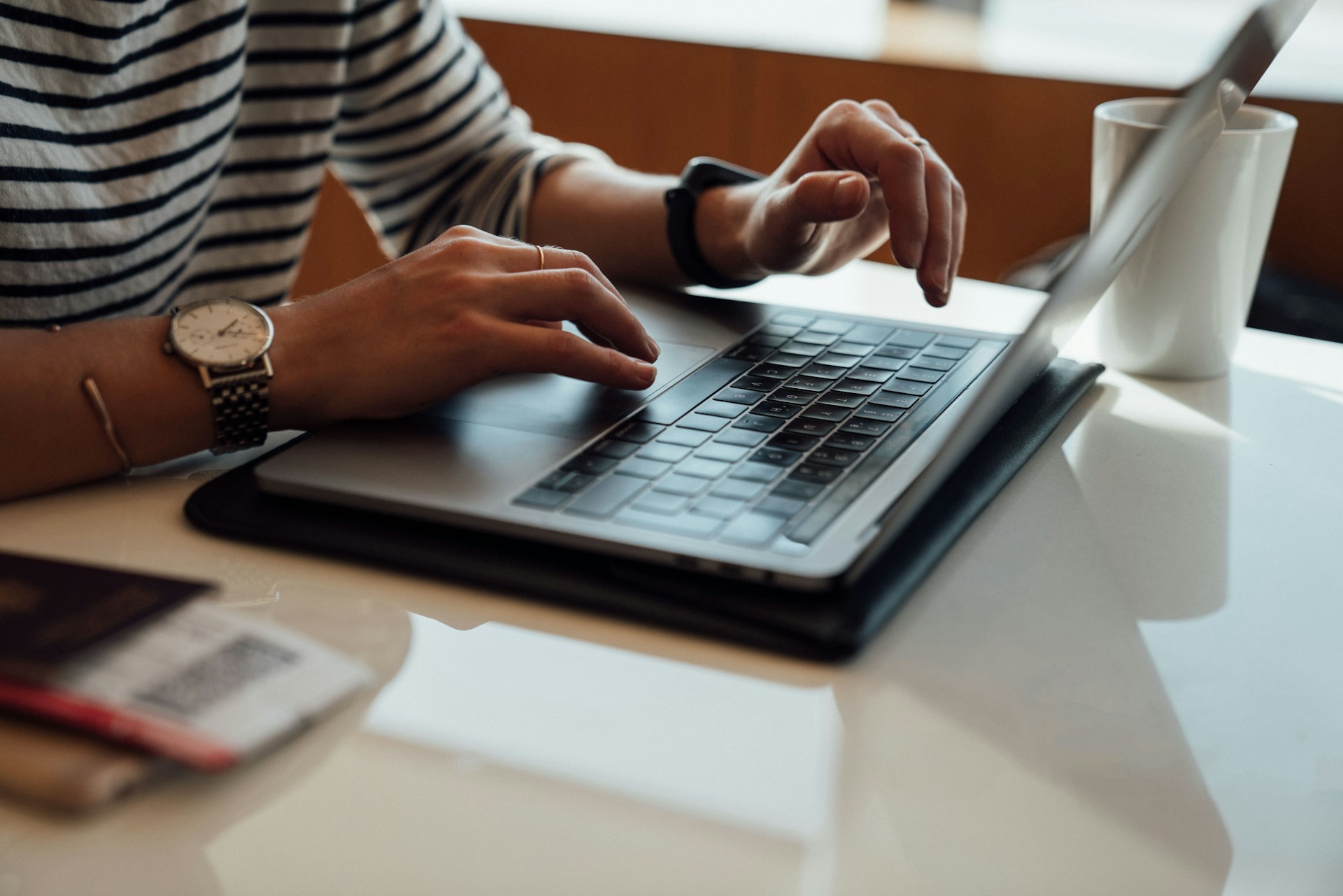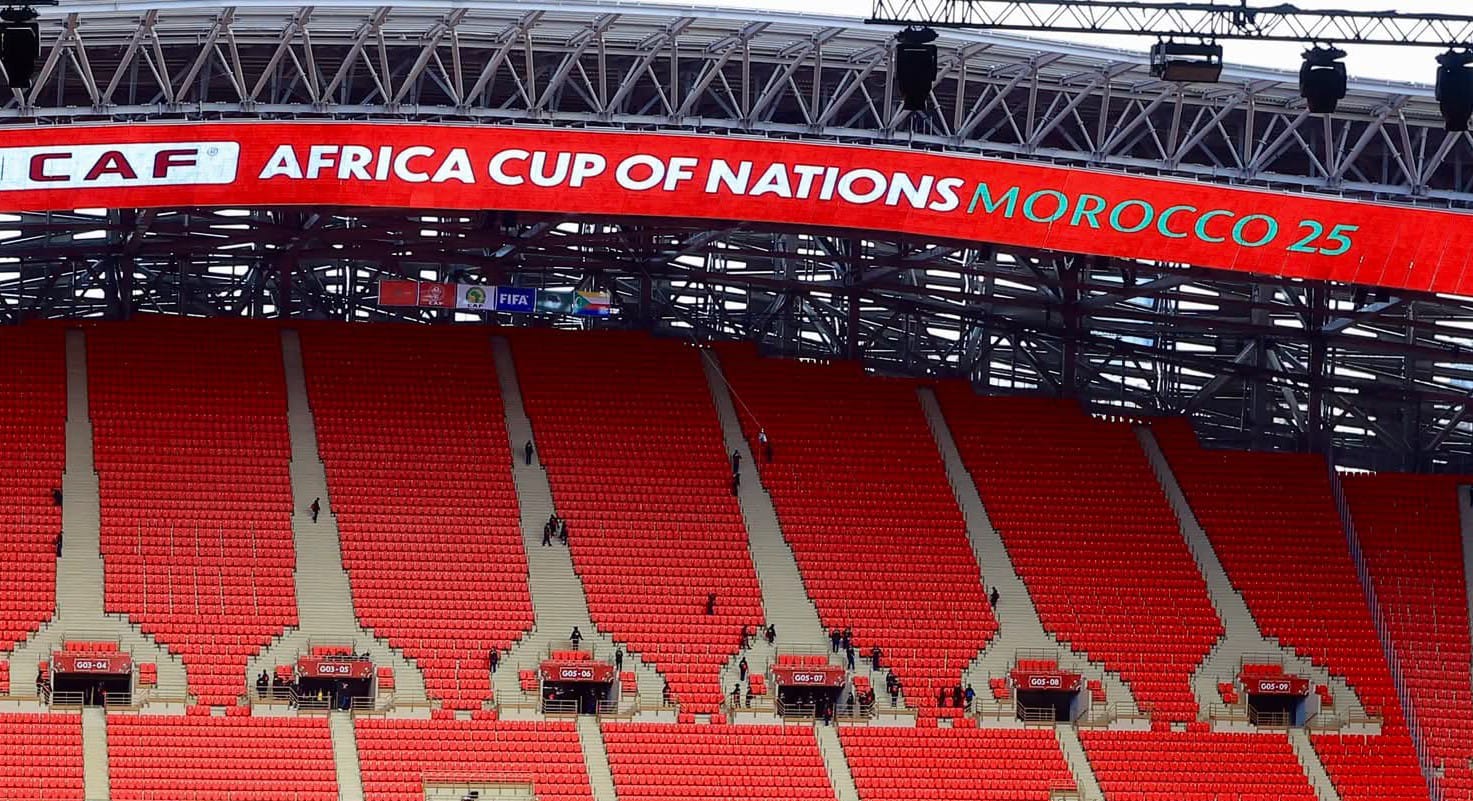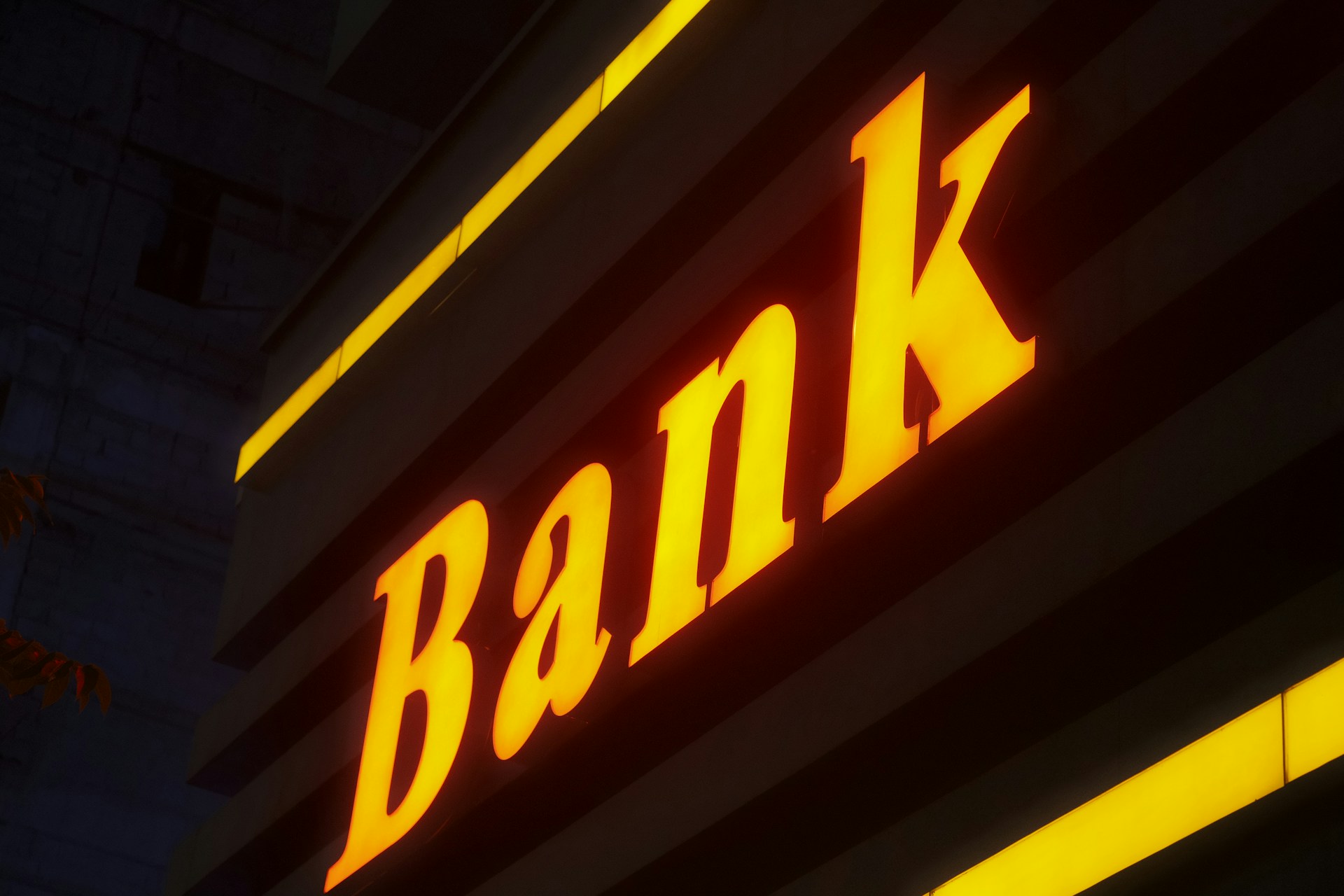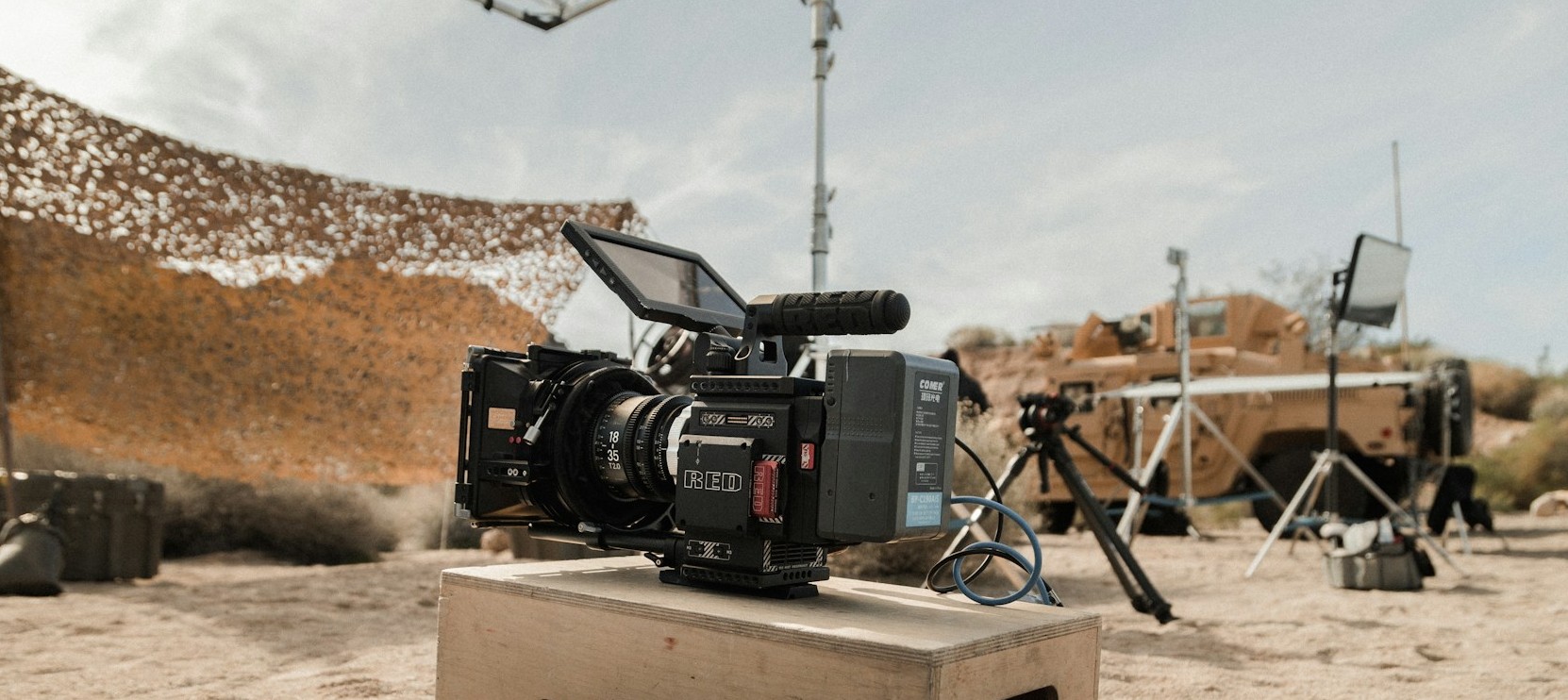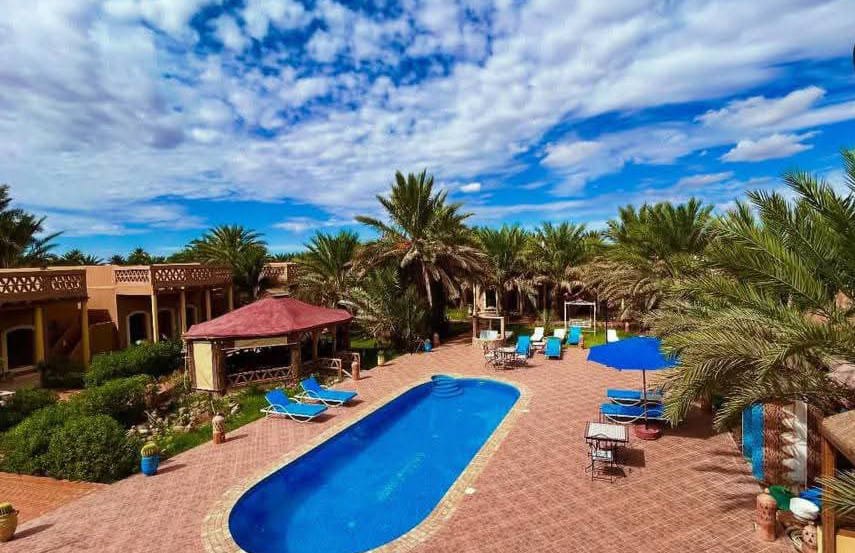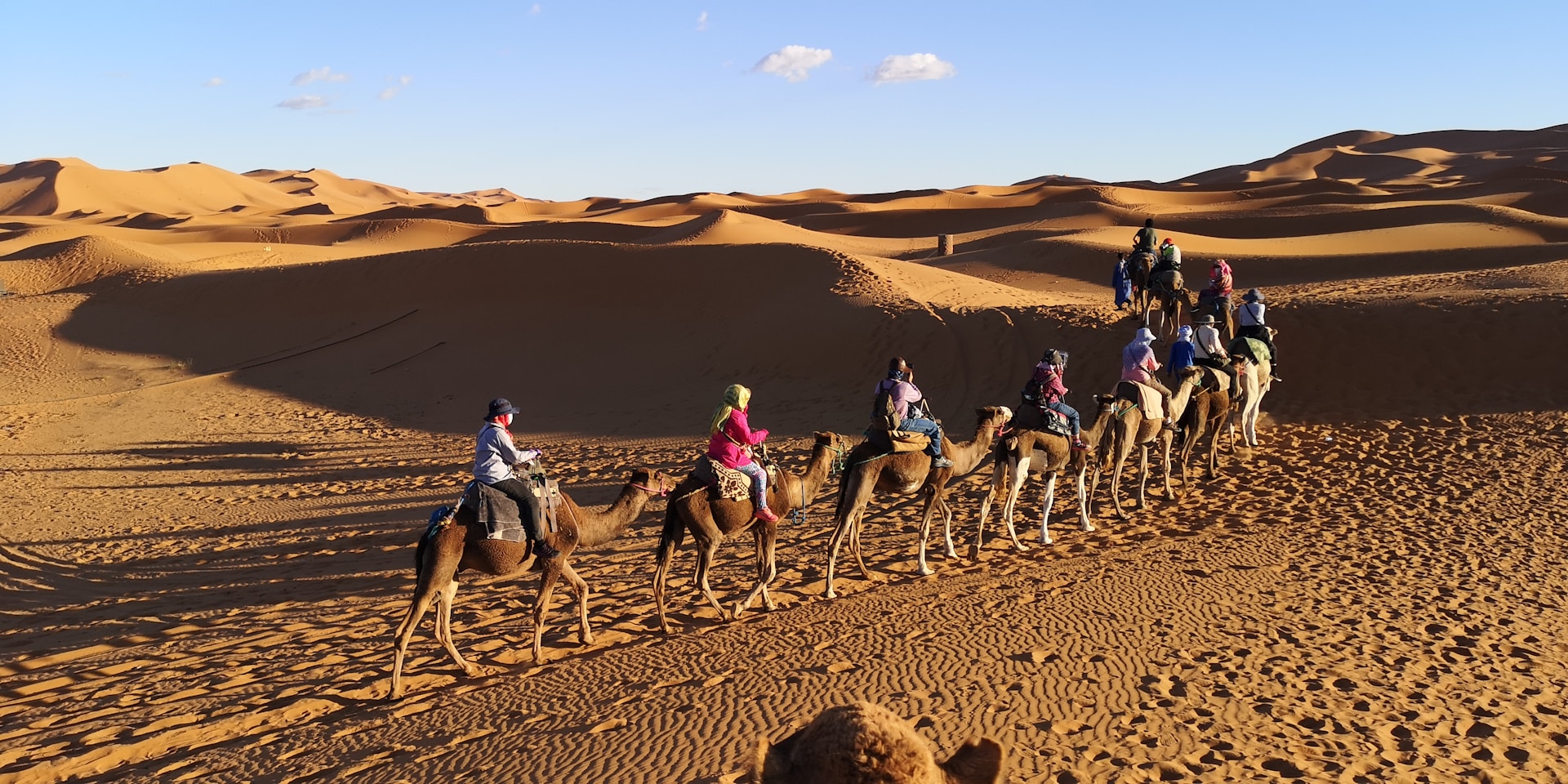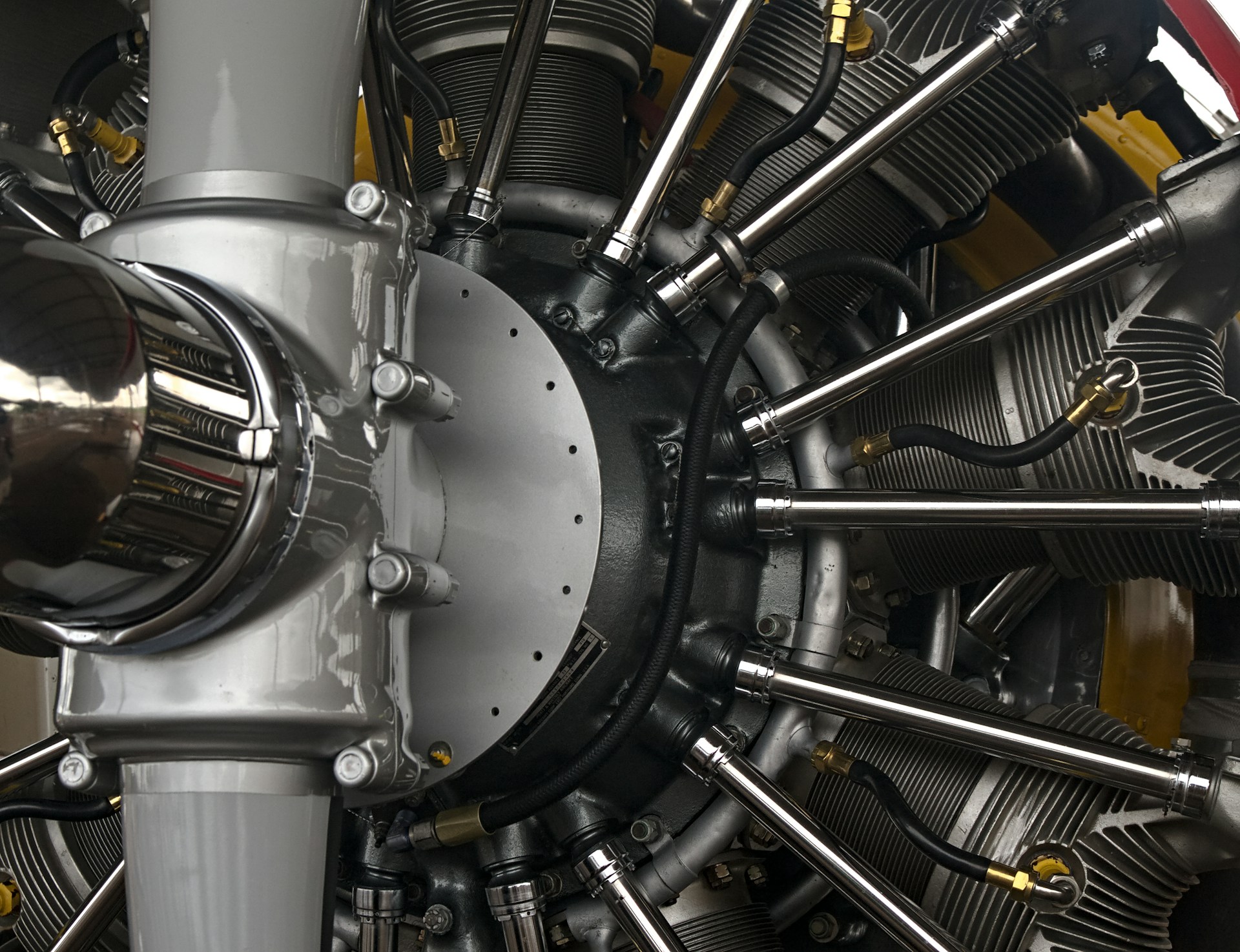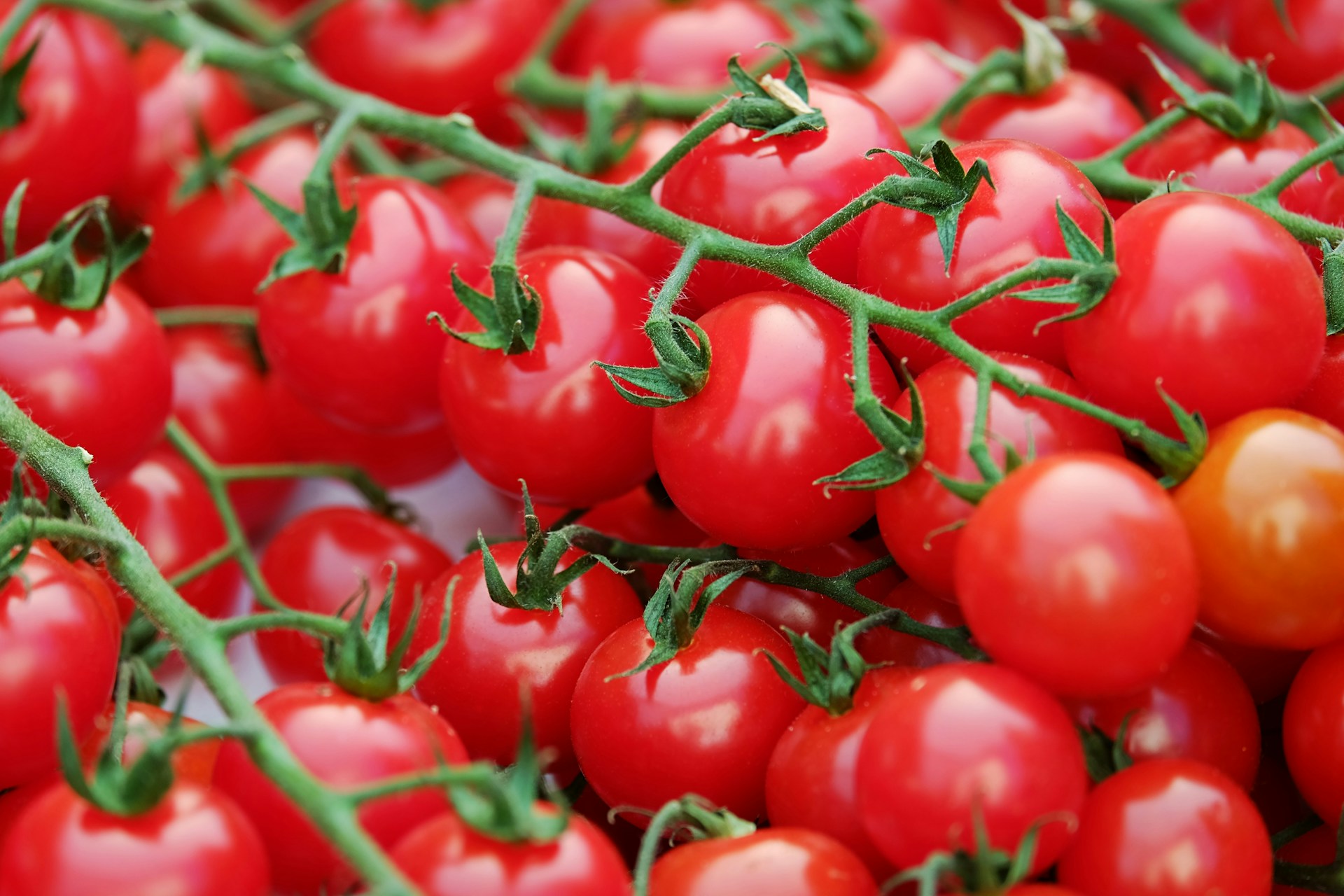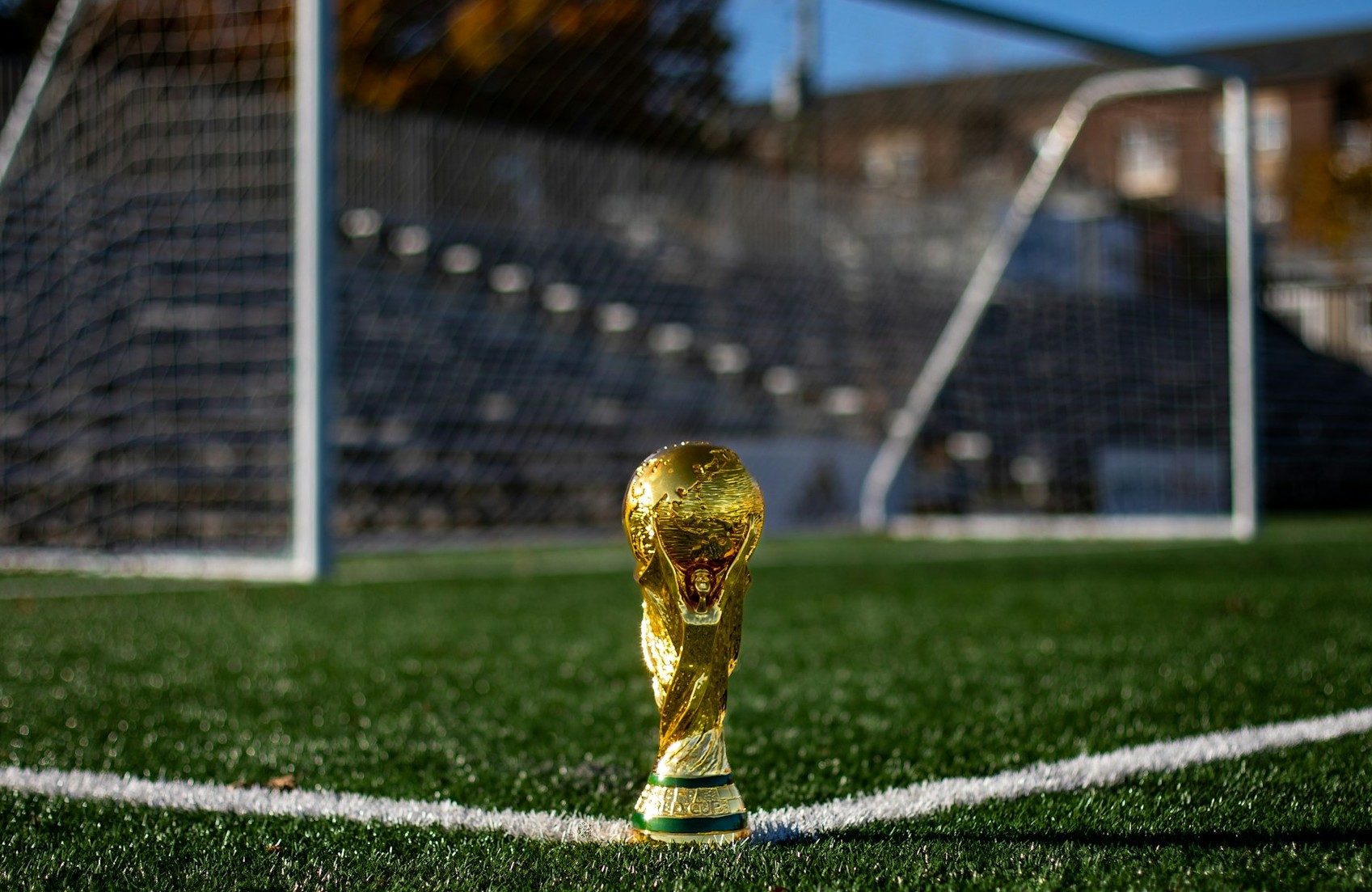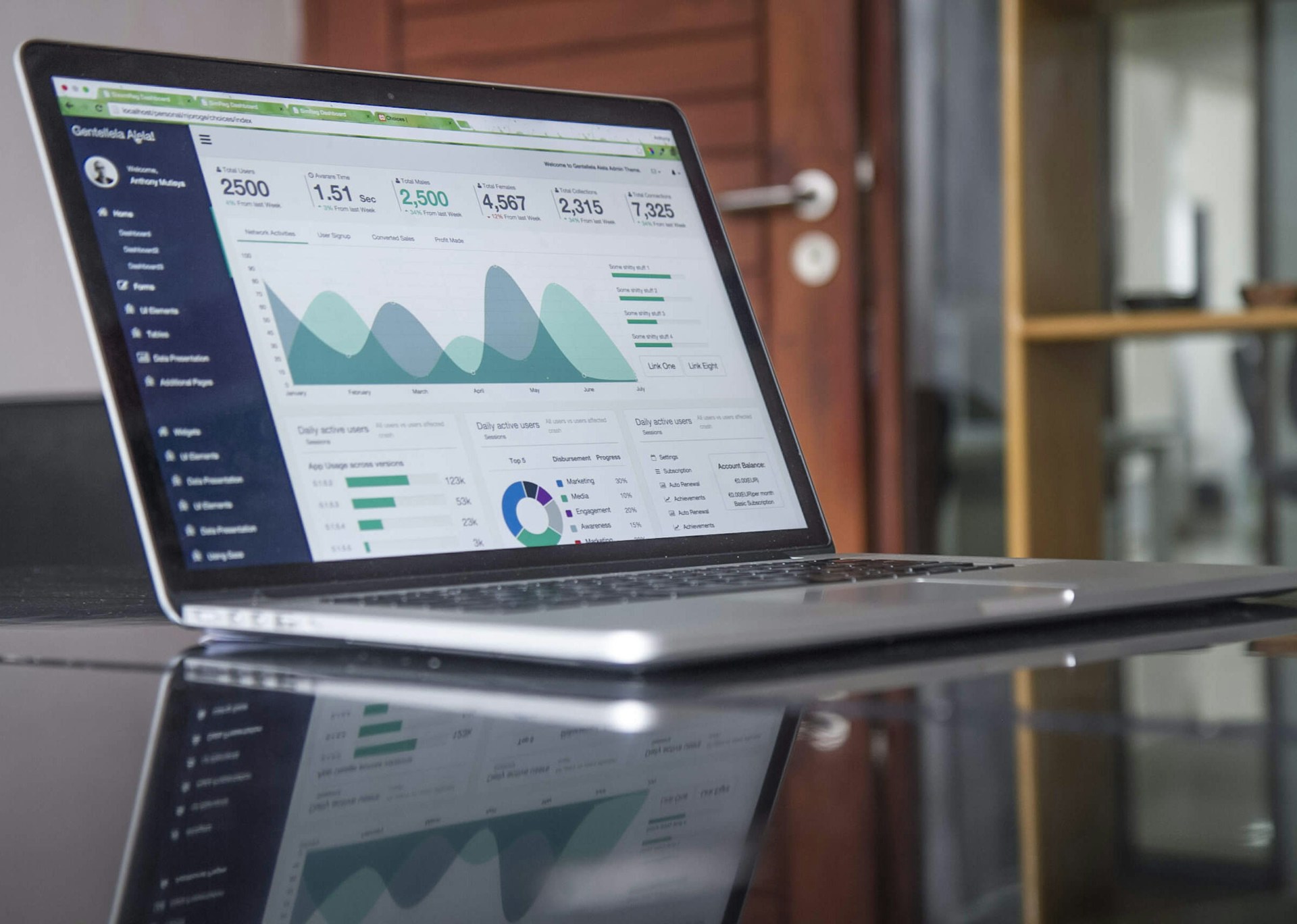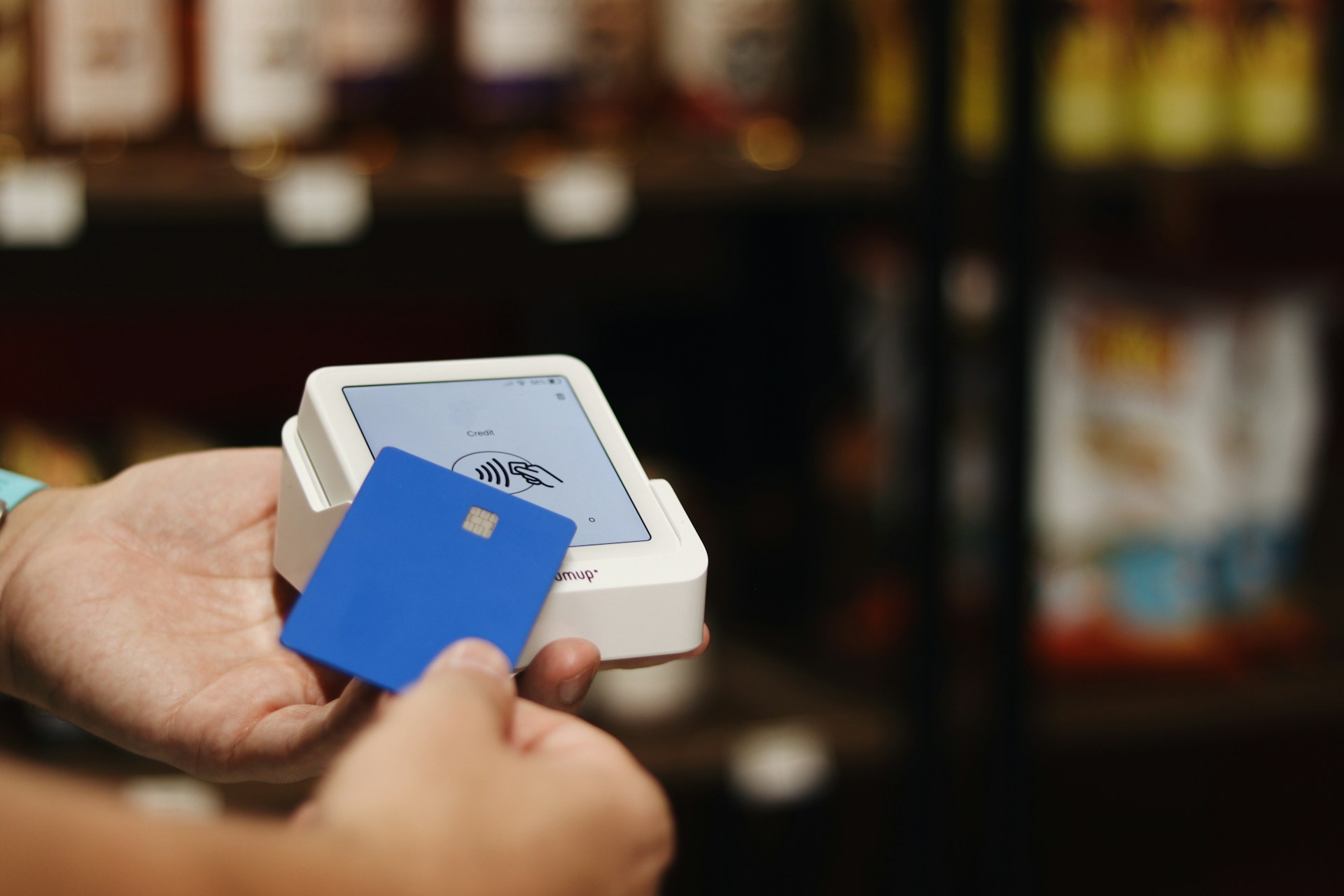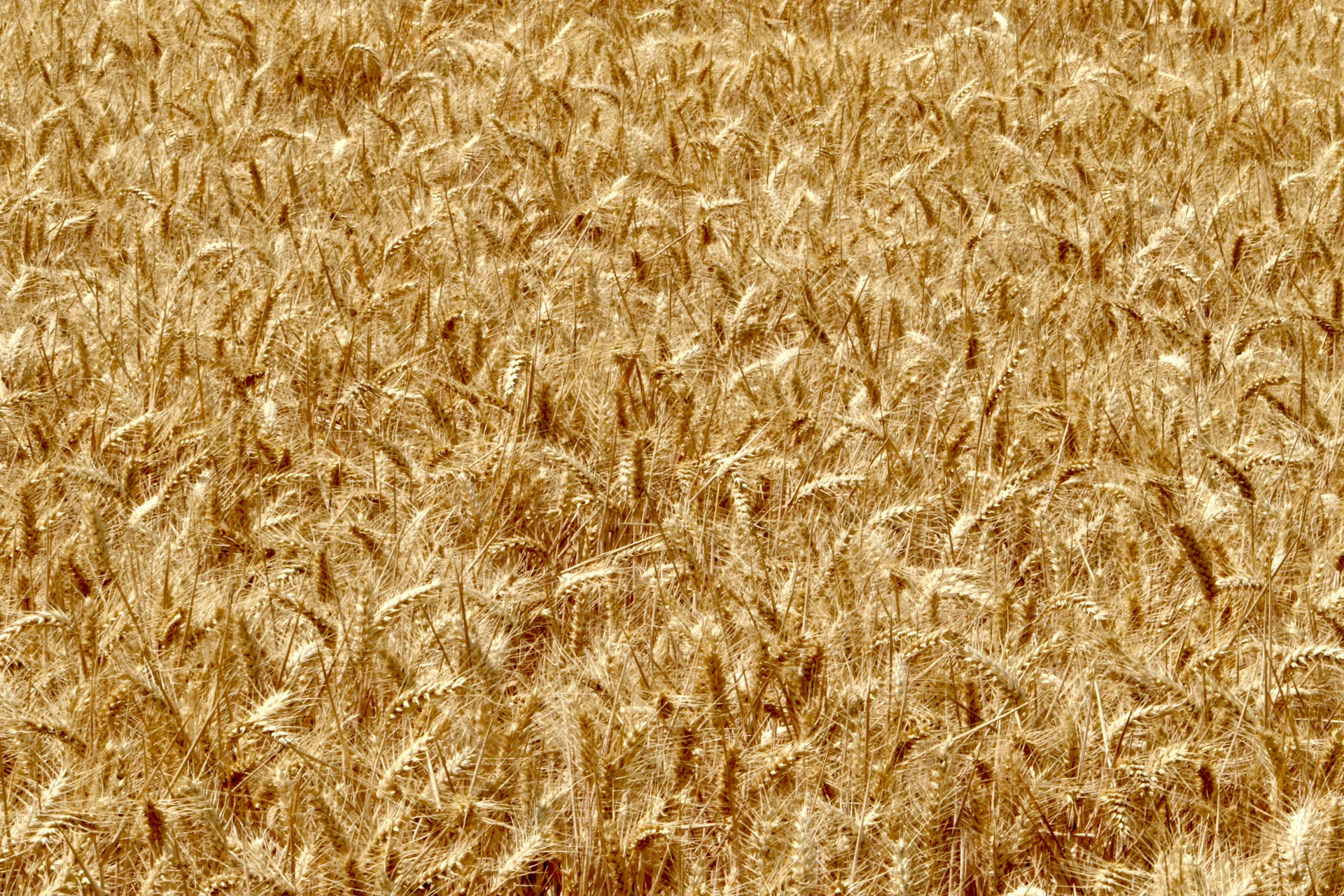Casablanca – Morocco’s legalization of cannabis for medical, pharmaceutical, and industrial purposes since 2021 marks a significant turn for the country’s economy, but it also brings numerous challenges. Regulatory hurdles, high production costs, and tough climatic conditions present significant obstacles that need to be addressed.
Recently, Morocco made its first legal cannabis export, shipping a quintal of low-THC resin (less than 1%) to Switzerland in the second quarter of this year. The resin fetched between $1440 and $1850 per kilo, signaling the country’s potential in the global cannabis market. Though the quantities are small, this initial export demonstrates the optimism within Morocco’s private sector regarding this burgeoning industry.
France is not only a target market but also collaborates with Morocco through French companies involved in local initiatives, such as the Bio Cannat cooperative. This cooperative processed part of the cannabis exported to Switzerland and has registered around ten products with plans to register thirty more, mainly CBD-based dietary supplements and cosmetics without THC.
The 2021 law aims to convert illicit cannabis crops into legal activities. Authorized cultivation areas have expanded from less than 300 hectares in 2023 to approximately 3,000 hectares this year, primarily in the provinces of Al-Hoceima, Chefchaouen, and Taounate. The number of licensed farmers has also increased, reaching nearly 3,300, seven times more than a year ago. According to the National Agency for the Regulation of Cannabis Activities (ANRAC), the price paid to producers for a kilo of legal cannabis is $7.73, significantly higher than the $1.03 to $2.06 for illicit cannabis.
Despite these advances, regulatory challenges remain a major obstacle. The ANRAC is cautiously optimistic about the industry’s potential. “With cannabis, we can achieve what has been done with the automotive industry,” an ANRAC representative reportedly stated, hoping that cannabis will become a new success story for Morocco. The agency identifies numerous potential sectors for Moroccan cannabis, such as medicine, aerospace, agri-food, construction, hygiene, paper, plastic, and textiles. Niche markets, like CBD treatments for horses and pets, whose global revenues have surged in the past two years, are also being explored.
The Moroccan Federation of Pharmaceutical Industry and Innovation (FMIIP) projects annual revenues of $433 to $649 million within four years. To achieve this goal, Morocco aims for a 10% to 15% share of the European market, capitalizing on the wave of medical cannabis legalizations in the European Union. The EU, with 21 member countries that have already authorized medical cannabis, represents a promising market for Moroccan producers.
The pharmaceutical company Sothema, which achieved a turnover of $23.71 million in 2023, has developed about fifteen high-THC cannabis-based medicines. These drugs, intended to treat painful conditions such as cancer, multiple sclerosis, and epilepsy, could be marketed by 2025. Target markets include Morocco and several European countries, including Germany, Denmark, Switzerland, Italy, and France.
However, the first legal cannabis harvest in 2023 was marked by extreme heat waves, resulting in a 20% loss of crops. Outdoor crops are vulnerable to climatic conditions, unlike European productions that are mostly greenhouse-grown. Morocco’s competitiveness is at stake in this highly competitive market, where every detail counts.
The United Nations reports that 23,000 tons of herb and 800 tons of resin were produced in Morocco in 2021, making the Kingdom one of the world’s leading cannabis suppliers. In comparison, the first legal cannabis harvest in 2023 yielded only 296 tons. All seeds—over 2 million—were imported from Europe, but the sowing took place in June and July, during a period marked by extreme heat waves, reducing germination and plant emergence rates.
To address this, ANRAC advocates for the use of the local cannabis variety “beldiya,” which requires less water. In collaboration with the Moroccan National Institute for Agronomic Research (INRA), the agency hopes to make this variety available to growers by 2025. The “beldiya,” an early-maturing local cannabis variety, could reduce dependence on climatic conditions and imported seeds, providing a sustainable solution for Moroccan producers.
As Morocco continues to navigate the complexities of this new industry, the potential for significant economic benefits remains promising. The nation’s strategic initiatives and growing investments could transform the cannabis sector into a substantial contributor to the economy, offering innovative treatments for various conditions and positioning Morocco as a key player in the global cannabis market.
